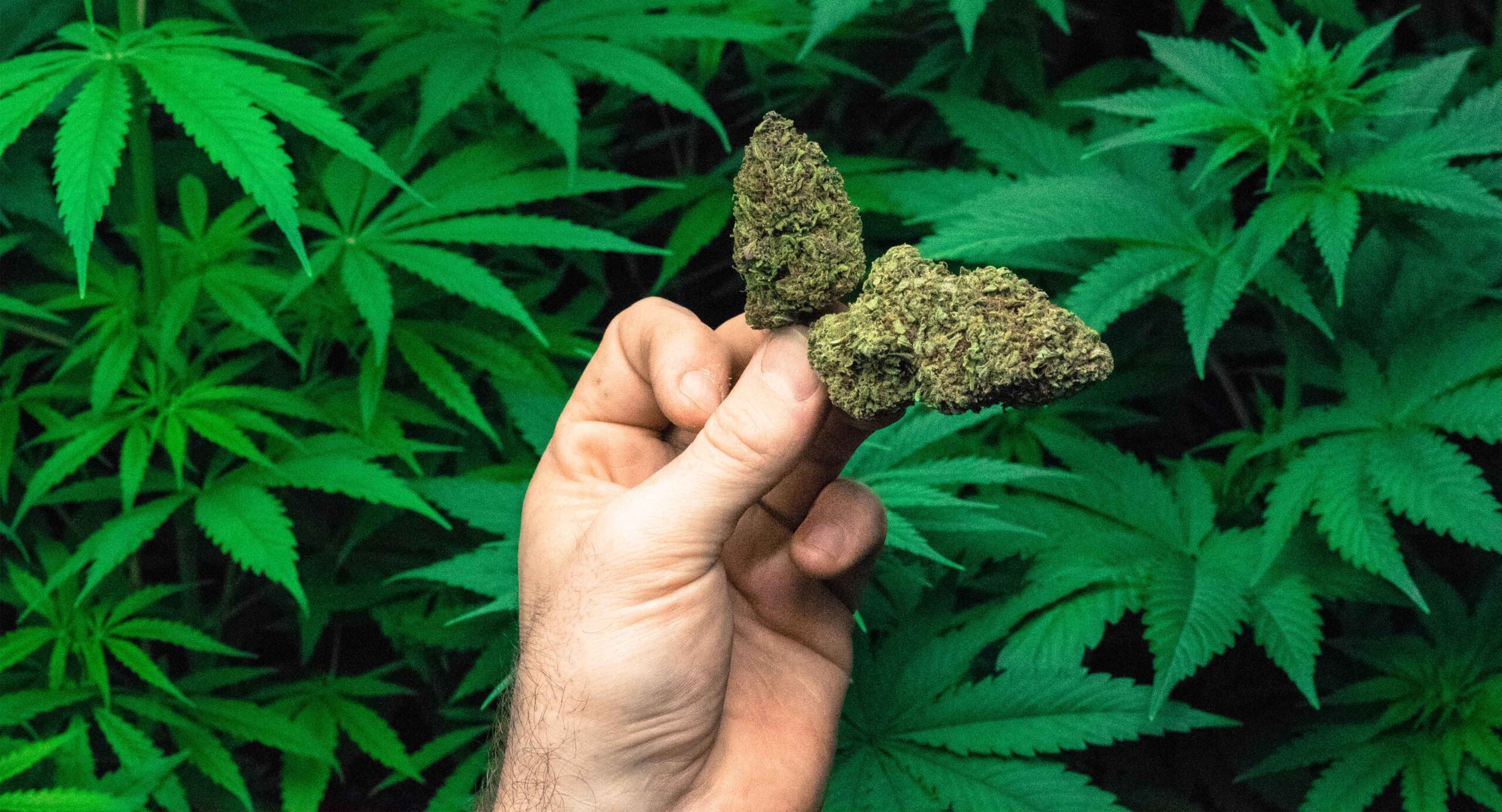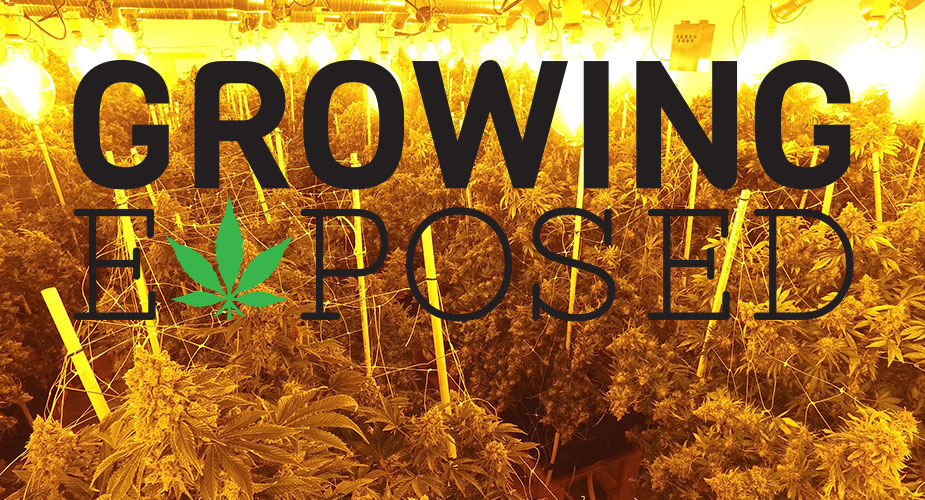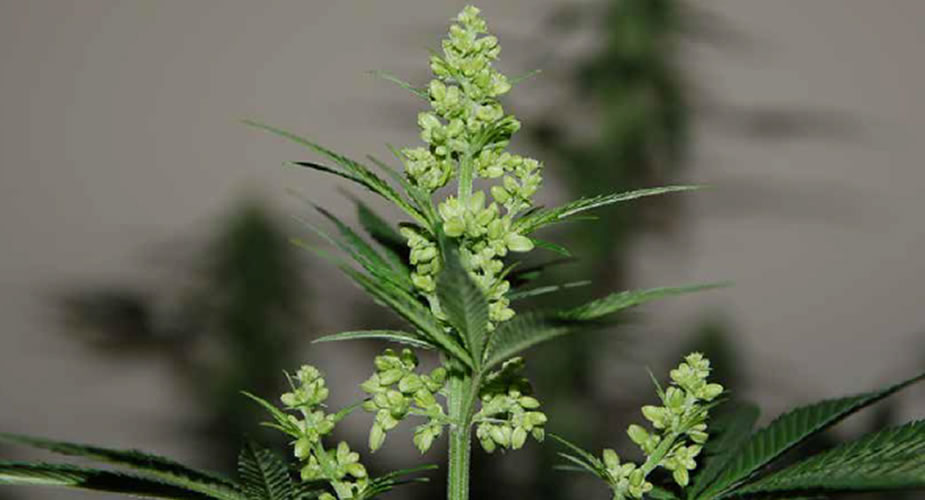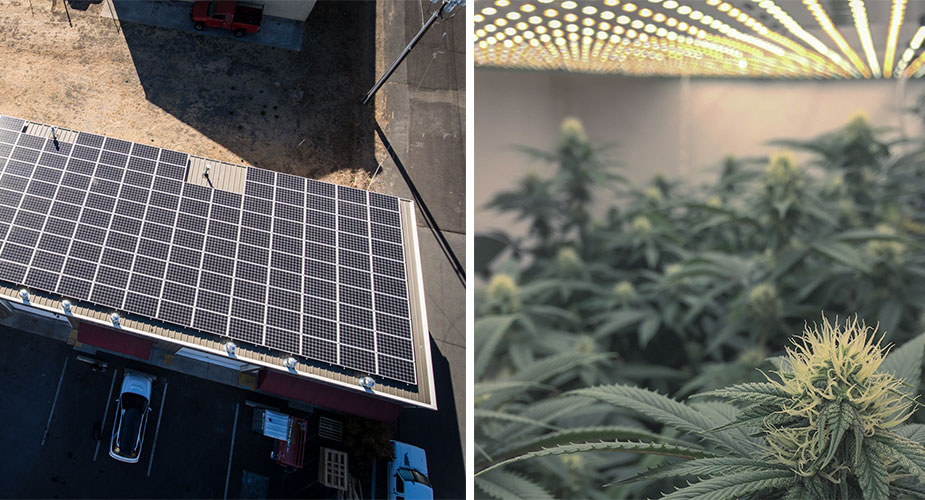On one end of the growing spectrum, the serious cannabis farmers’ genetic libraries consist of vigorous, proven producers. Mother plants are topped frequently, given plenty of light, water, and fresh air with hopes of producing multiple clones for the growing season to come. On the other end of the spectrum, others prefer to avoid the costs of indoor overwintering, but rather purchase clones or start seeds anywhere from several months, weeks, or days before the proverbial June 1st growing season opener. For those who have yet to acquire their genetics for the coming summer’s crop, there are considerations to be made.
One major consideration many growers contend with when planning their crops is where to acquire favorable genetics. Do I start seeds or obtain clones? This boils down to the amount of time and resources one is willing to invest in obtaining plants that are of predictable quality using a “genetic proofing” method. Genetic proofing is simply the process of growing out a plant in a specific environment (i.e. outdoors) to see how it performs. Unwanted plants are culled, and desirable plants are cloned. While genetically proofing an individual or group of individuals, keep in mind that your best plant indoors may not be (and often is not) your best performer outdoors. Differences in environments dramatically impact how a particular plant behaves. This is really why it takes a full growing season to successfully prove an outdoor mother plant. Theoretically, she has to be cloned (preferably before flowering), flowered and her finished product must be dried, cured, and tested before she is to be considered a runner-up in the genetic library. Only after she has passed all tests will her clones become mother plants for next year’s crop and thus be considered proven. Consequently, all of her sisters’ genetic equivalents or the clones of the plants that didn’t make the grade are destroyed.
Proofing a plant to assess how well it performs in an environment can be somewhat subjective. The criteria for making the grade largely depend on you, the individual grower, and what you find acceptable in a given cannabis plant. Smell, taste, yield, etc. are all phenotypic expressions that will determine if the plant makes the grade or not. Only genetic lines that produce expressions you find acceptable will be continued for your future gardening endeavors.
One major consideration that people tend to overlook (and also regret) is the finishing time or the genetic clock of each plant. Oregon can be very wet in late September and throughout October. Consecutive days or weeks of rain can wreak havoc on the quality and yield of a crop. Botrytis or bud rot can reduce yields by staggering amounts, rendering entire colas useless. Dense, indica expressions are notorious for their ability to retain water on interior structures, providing a moist environment for mold to thrive. Branches snapping to wet, heavy buds subjected to high winds are also a concern at season’s end. Due to the native climate of their equatorial regions, Sativas are usually late-season finishers. This leads to plants not reaching trichome maturation until late October or even November.
Waiting for plants to finish off while they are at the mercy of harsh weather can be a stressful time. Through experience, seasoned farmers have gained the foresight to be realistic when choosing strains to invest in.
Many season’s end obstacles can be avoided by seeking genetics which are early finishers or reaching trichome maturation by mid-October at the latest. With due diligence, one can find excellent plants (either indica or sativa dominant) that are genetically dispositioned to finish earlier in the season rather than later. For those with special plants that just can’t be parted with, but finish late, greenhouses or shelters can be erected to protect them.
Considerable time and resources can be saved by obtaining a clone that has already been genetically proven to do well in a given area and climate type. Until recently, the only way to acquire good clones was to obtain them from other growers. Although this method is an excellent way to obtain and trade proven genetics, it is equally a great way to contract infestation and disease in your garden.
As if the more common garden annoyances weren’t enough, (powdery mildew, spider mites etc.) Hemp Russet Mites (Aculops Cannabicola) are a plague among cannabis gardeners and seem to not be going anywhere, anytime soon. 2016 was a terrible year for Oregon in regards to Hemp Russet Mite population explosions. This microscopic parasite is difficult to detect and even more difficult to eradicate without using powerful mutagenic pesticides that tend to be looked down on by most (including the Oregon compliance testing facilities). A strong word of caution when shopping for new genetics. ALWAYS check plants before you bring them home! A 60x magnification jeweler’s loop is priceless when it comes to identifying mites or other unwanted hitchhikers. If possible, visit the garden your clones are originating from. Assess the overall health and vigor of the mother plants. Look for spider mite webs, and white spots of powdery mildew on the inner, leaves. Thoroughly inspect both the underside and topside of leaves and stems before relocating any plant material to your garden. A shower and change of both clothes and shoes after leaving another garden, but before entering your own is a good practice to adopt. Keep in mind that preventative maintenance is always better than having to find a cure.
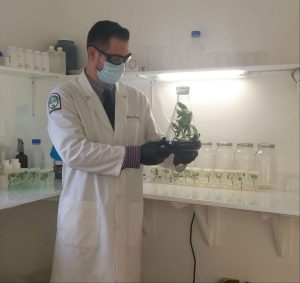
Efforts are currently underway to alleviate many problems for the outdoor Oregon cannabis grower. In vitro sterile culture or micropropagation has proven to be an extremely useful tool in the eradication of pests and diseases and an effective means of clonal multiplication. During the process of micropropagation, small samples of proven genetics are taken from mother plants. Tissue samples are either aseptically cleaned of all surface contaminants or if internal contaminants are suspected, (i.e. fungi or disease) non-vascular tissues that do not contain the disease are removed and cultured to later give birth to new, disease-free plants. This option opens new doorways to vector control. Plants can essentially be purified without using harmful chemicals or pesticides; their numbers are multiplied and returned to the grower free of disease, bugs, or other contaminants.
Micropropagation is also a good way to reanimate plants that were not cloned during their vegetative state and whose phenotypic capabilities were not fully realized until the end of the flowering period. Because the process uses growth regulators to control the plant’s natural hormonal levels, flowering plants high in auxin hormones can be reverted to produce cytokine hormones which are largely responsible for vegetative growth. In essence, flowering plants can be cleaned, cloned, reinvigorated, and multiplied for future use. In vitro (meaning “in glass”) culturing is also an effective alternative to the high costs of overwintering and maintaining a large grow area for mother plants. In vitro, clones are grown in small containers where they multiply and are then divided and placed in containers of their own. The potential for obtaining large populations of any given sample is endless, as one plantlet can produce many multiples of itself. Those multiples can then be divided to produce multiples of themselves etc. The process is logarithmic.
As cannabis technology improves, more options will become available to the grower and hopefully alleviate some of the headaches involved with acquiring and maintaining genetics that prove to do well in our climate. No matter what option one chooses, be it seed, clone, or culture, staying vigilant to obtain appropriate, clean phenotypes will certainly pay off in the end. Doing one’s best to nip potential problems in the bud (no pun intended) can make the difference between an amazing growing season, and a failed one!

